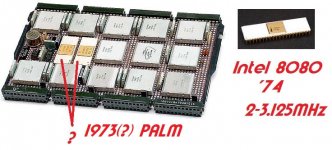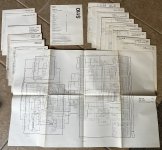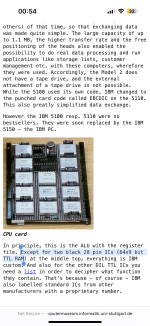voidstar78
Veteran Member
Does anyone have a digital copy of the IBM 5110 Logic Manual?
Or, any specific info about the PALM processor? For example, I see claims it ran at 1.9 MHz, but I don't see how that spec was determined.
At the following German site, between an IBM reference and referring to the old Linux 5110 emulator, some de-coding of the opcodes is available:
http://computermuseum.informatik.uni-stuttgart.de/dev/ibm_5110/technik/en/index.html
(they are trying to find the Chapter 2 of this reference)
Or, any specific info about the PALM processor? For example, I see claims it ran at 1.9 MHz, but I don't see how that spec was determined.
At the following German site, between an IBM reference and referring to the old Linux 5110 emulator, some de-coding of the opcodes is available:
http://computermuseum.informatik.uni-stuttgart.de/dev/ibm_5110/technik/en/index.html
(they are trying to find the Chapter 2 of this reference)





